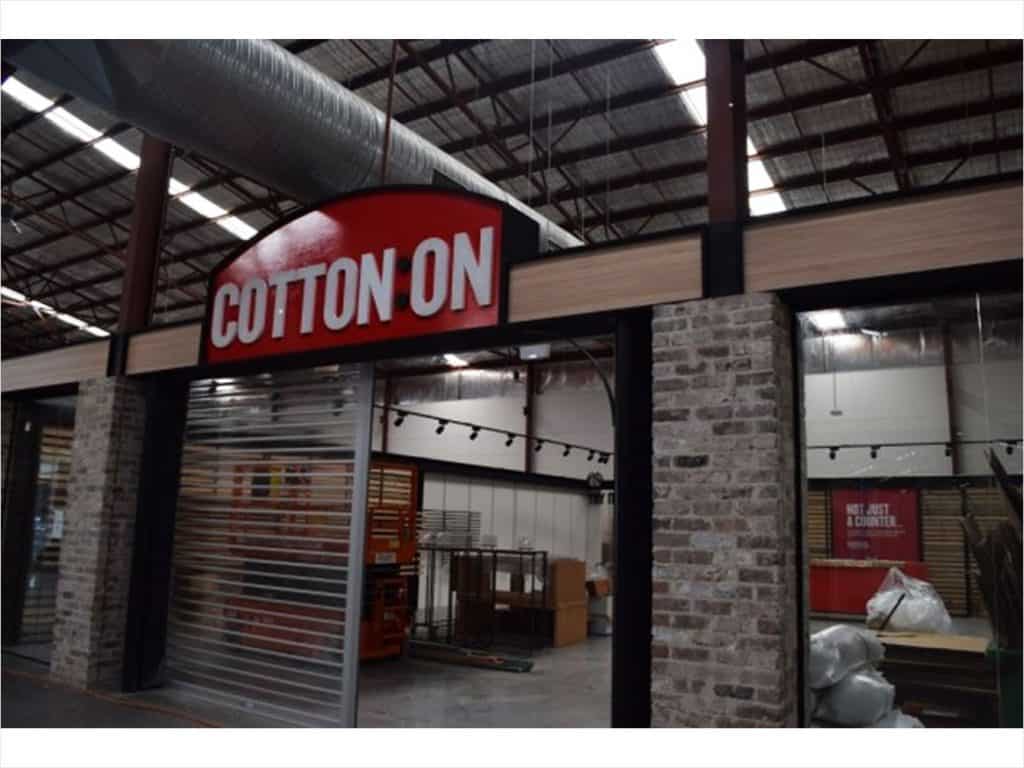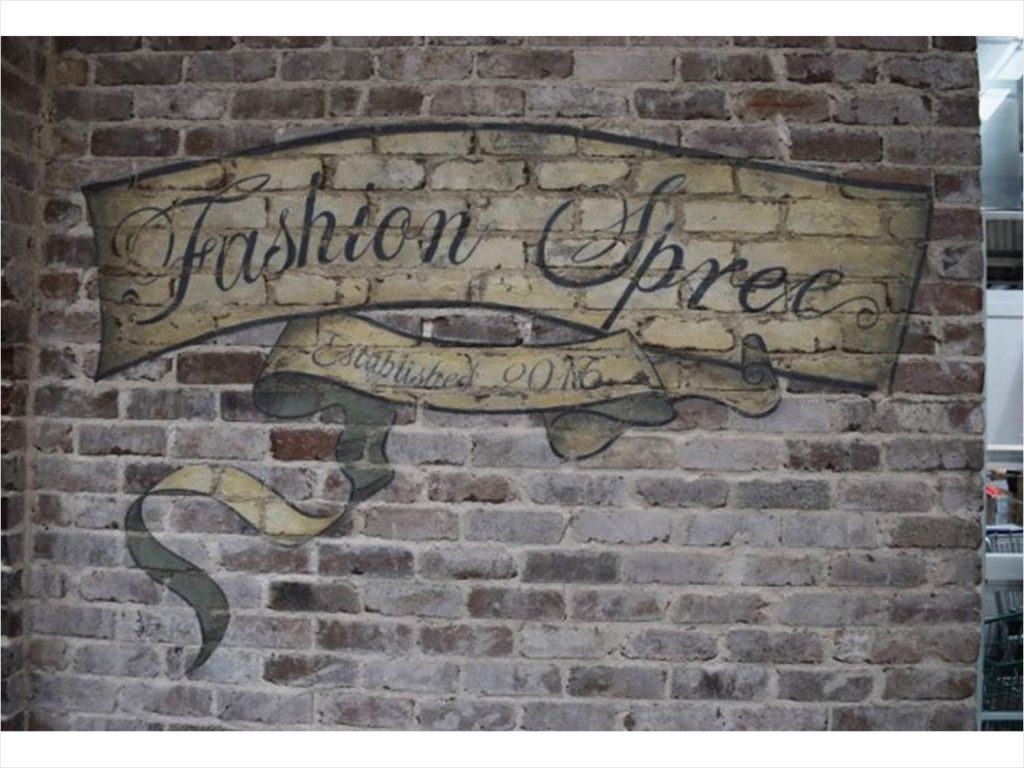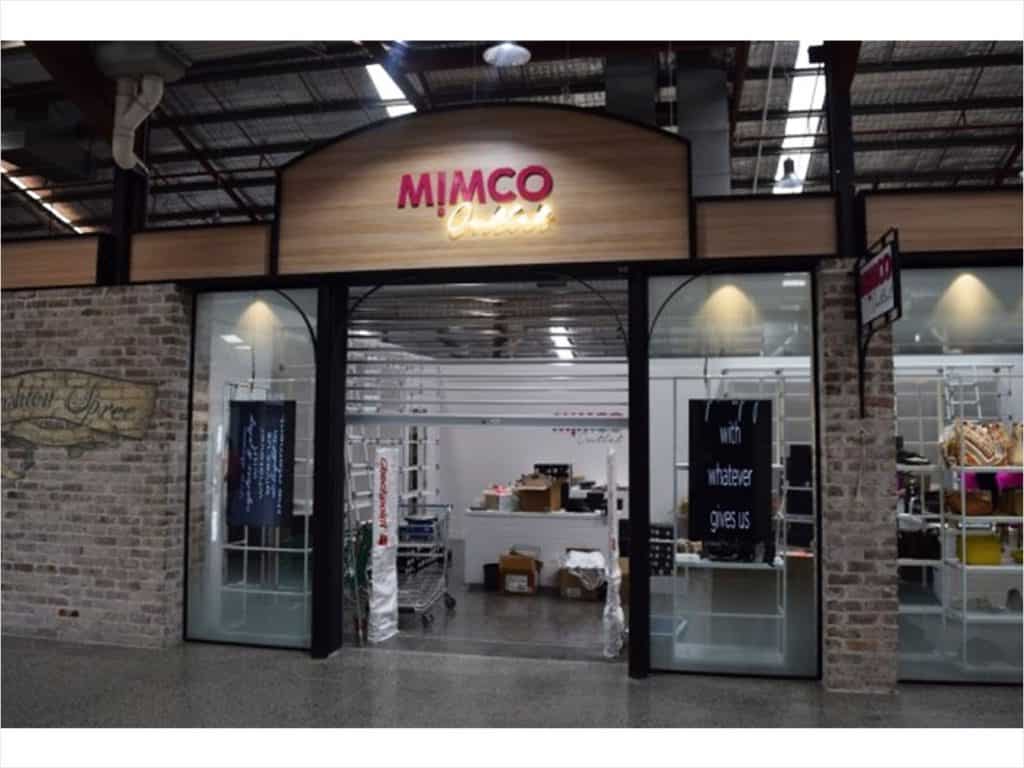-
Australia
Copyright © 2025 Powered by BCI Media Group Pty Ltd
Confirm Submission
Are you sure want to adding all Products to your Library?
Contact Detail

Sydney welcomed its third factory outlet centre last week with the official opening of Fashion Spree in Liverpool in Sydney’s southwest on Thursday March 17.Visionare roller grilles at Fashionspree
Fashion Spree is the long-term project of family-owned real estate investment company, GazCorp, and sits on a 160,000sqm site a stone’s throw from Westfield Liverpool.
Housed in a 14,500sqm building that for a number of years housed markets, Fashion Spree features over 50 retail brands as well as food and beverage retailers. Fashion Spree marks the outlet debut in Sydney for 13 brands, including Bardot, Supre, Factorie, Forecast, Vans and Original UGG Australia. Other leading retail brands in Fashion Spree, whose 55 stores are fully leased (on five-year leases) save for what will be a month-long rotating pop-up store, include Glue Store, Asics, Fila, Ron Bennett, Country Road, Mimco, Review, Bonds, Sheridan, Converse, Skechers, Marcs, Seafolly, Wanted Shoes, Bed Bath & Table, Smiggle, Jay Jays, Portmans, Just Jeans, Vans, Florentine Eyewear, and Giordano. Food retailers in Fashion Spree include Sahara Grill, Hokka Hokka, Sushiru, Boost Juice and two local cafes.
Fashion Spree was the long-time vision of the late Nabil Gazal, whose sons and GazCorp directors, Nicholas and Nabil Jnr, have seen the project through to fruition.
The opening of Fashion Spree comes more than 10 years after a factory outlet centre was initially launched on the same site. GazCorp ran a factory outlet on the same site from October 2003 until August 2004, however the company was forced to abruptly close the centre due to a disputed land zoning issue. The site hosted markets two days a week from March 2009 to June 2015, and in September last year work renovations that cost in the vicinity of $14 million commenced to refresh the site and return it to factory outlet status.
“A lot of retailers were hesitant to do anything in the markets because they thought it might have destroyed their name a little bit,” Nicholas Gazal told Inside Retail Weekly, which toured Fashion Spree a week before its official opening. “We had Glue, who were probably the first tenant to sign up. When the markets opened up, they did a quarter of a million dollar clearance sale in the first weekend.”
“I think tenants initially doubted what we were going to produce because they thought it might just be this cold, chilled factory outlet,” Nicholas explained of the renovations done to transform the building from a market hall to a well-presented factory outlet with modern finishes. “But The tenants came in and saw it evolving and bought into the vision. The quality of their fit-out has improved. Although it is an outlet, they’ve lifted the standard of what they’re offering as well because of what they’re seeing internally happen in terms of the look and feel and the environment that’s there.”
At Fashion Spree’s grand opening last week, the centre was very well received by retailers and customers alike, with Country Road and Mimco doing their weekly budget in two hours and nearly running out of stock, according to Nicholas Gazal. Nearly 60,000 people visited the outlet in its first four days of trading (Thursday to Sunday).
Fashion Spree joins Sydney’s two other existing dedicated factory outlets, Mirvac’s Birkenhead Point Outlet Centre and DFO Homebush at Sydney Olympic Park.
While Sydney has less dedicated factory outlet centres than Melbourne does, retail property consultant, Michael Baker, said it’s quantify whether there is an undersupply or an oversupply of factory outlets in Sydney.
“There is certainly a demand for the product, but the execution and the brand mix have to be really good,” Baker said. “It’s now becoming common for factory outlet centres and to be built near traditional shopping centres, partly because retailers have increasing evidence that people who shop their outlet stores are likely to spend more at their full-price stores as a result. In the case of Fashion Spree and Westfield Liverpool, I’m not sure there is much, if any, crossover between the brands. So it may actually affect Westfield Liverpool adversely. Time will tell.”
Fashion Spree will trade from 1000-1800 six days a week, and from 1000-1900 on Thursdays.
Broader plans
The realisation of Fashion Spree is the first step in a broader, five-year plan by GazCorp to build a multi-purpose retail precinct on the 160,000sqm site, which has been in the Gazal family since the late-1980s and offers great visibility to passing traffic. Currently on the site, adjacent to Fashion Spree, sits Megacentre Liverpool, a 40,000sqm large format retail centre that houses, amongst other retailers, Harvey Norman, Bing Lee, Domayne, AMF Bowling, Sleeping Giant and Mayne Rugs & Flooring. At around 20 years old, the Megacentre property is dated and in need of a facelight.
GazCorp’s broad plan is to develop the land at the rear of the property, relocate the large format retail centre there, then renovate the existing, street-facing Megacentre property, which would then be an ideal location for a supermarket and discount department store, most likely a Coles and a Kmart.
“We’ve obviously been long-term investors – we want to be here long-term,” Nicholas said. “We’ve obviously been heavily involved in planning of the centre and have been very open in terms of what our vision is for this site and what we want to achieve. We’ve been working closely with the government and the local government. It’s been a difficult road at times. You have to convince people of the merit of what you’re trying to achieve and what it is.”
If realised, such a multi-purpose retail precinct would have few contemporaries in Australia. Gazal suggested they are drawing inspiration from The Base in Hamilton, New Zealand, and The Grove in Los Angeles.
“To have all of these uses combined into one shopping centre is certainly unusual,” Baker said. “But it is done – in the US, these kinds of centres are called ‘power towns’ and they incorporate a number of different shopping formats. They are often part of master-planned mixed-used developments where there are no pre-existing shopping amenities. But even when you don’t have these multiple uses within one shopping centre, you often have them adjacent or near one another as different shopping centres under the same or different ownership. The centres complement each other and there is a lot of cross-shopping that occurs between them.”
“We see it as complementary and there’s no reason why they shouldn’t be able to cross trade with each other,” Nabil Jr explained. “On the weekend, you’re going to have the kids bowling in AMF. The wife stopping at the outlets and then the husband coming into the bulky goods and buying the bits, while picking up your groceries on the way home. That would be the ideal.”






